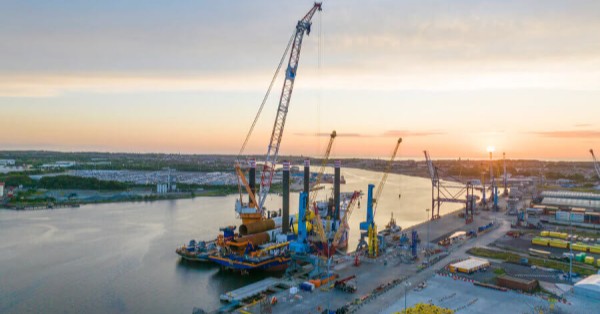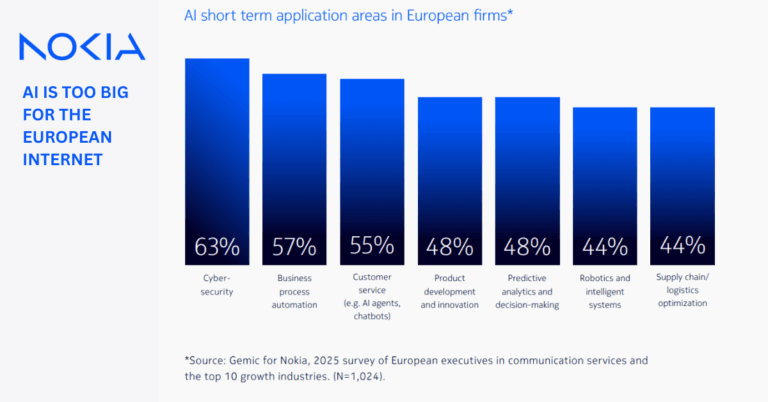Nokia and Singtel announced Asia Pacific’s first successful implementation of IP transport slicing across an end-to-end 5G network. The Proof of Concept took place in Singtel’s 5G Garage, a live test facility, training center, and ideation lab, involving 5G radio, 5G core, and Nokia’s IP transport network slicing solution. It focused on evaluating the solution’s capabilities to deliver end-to-end service performance for different network slices and optimize network resources on demand. Nokia’s solution will enable the automation of network slicing across the IP transport network to provide an enhanced customer experience for enterprise and consumer users.
Nokia’s solution will reduce operational expenditure by improving management and utilization of network resources. End-to-end network slicing would also allow consumers and enterprises to get access to differentiated service performance. It enables the operator to provide new services, including 5G VPN and slicing for enterprise applications, as well as enhanced gaming, HD streaming, and extended reality (XR).
To deliver end-to-end slicing, Singtel, Nokia and their network partners worked together to map the slice service attributes across 3GPP and IETF specifications. 3GPP specifies the network slicing functionalities in the 5G radio and core while IETF specifies the IP transport equivalent. With this novel implementation, the network is able to implement end-to-end slice performance and service differentiation.
The Nokia’s solution for IP transport network slicing incorporates a highly scalable and resilient network infrastructure that leverages segment routing with traffic-engineering. This allows fine-grained service differentiation to meet stringent critical services SLAs. In addition, the Nokia Network Services Platform (NSP) provides a set of tools to manage the complete lifecycle of transport slices and automation capabilities to support transport network slice realization across multiple technologies, including IP, segment routing and Multiprotocol Label Switching (MPLS). The Nokia 7750 Service Router (SR) and NSP were used to conduct the trial.
Tay Yeow Lian, Managing Director, Networks Singapore, Singtel, said: “We are always looking for new capabilities to enhance our mobile network performance to deliver the best value for our increasingly savvy customers and enterprises. Through this partnership, we are able to leverage the advanced capabilities of IP transport, integrated with 5G network slicing; to enhance our operational efficiency and customers’ experiences. With end-to-end 5G network slicing, Singtel can further prioritize network resources with added security to support the rapid development of 5G use cases and deployment of complex applications.”
Federico Guillén, President of Network Infrastructure at Nokia, said: “Our IP transport network slicing solution is helping service providers like Singtel to address the growing demand for capacity while ensuring best-in-class network performance for 5G, consumer and industrial applications. We are looking forward to working with Singtel, our longstanding partner, to help it expand its 5G services, support new capabilities and guarantee network performance.”
Source: Nokia Press Release









































